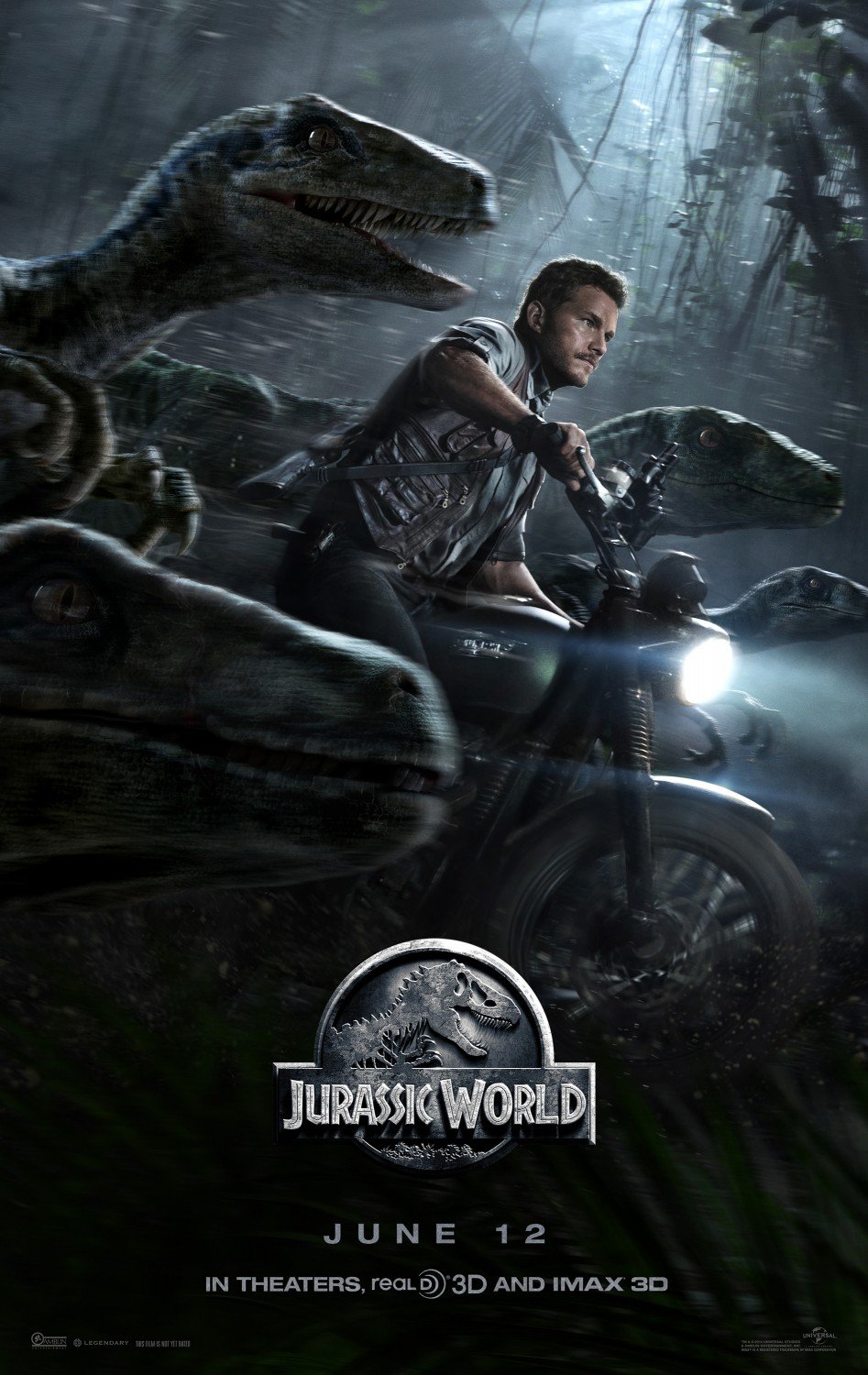Come for the analysis of the current US comic book market, stay for the pitch. WHAT IF Peter Parker died during the clone saga and Ben Reilly became the one and only Spider-Man? In this limited series every single clone-related thread from the mid-1990s and beyond is connected to offer a Ben Reilly-focused “GRAND DESIGN” storyline just in time for the 30th anniversary of the end of the Second Clone Saga!
Read moreReclaiming Spider-Man: ASM #400, “One More Day”, and the Disneyfication of Peter Parker
The title page of the most recent version of my proposal. Are there fully scripted issues in there? You betcha.










